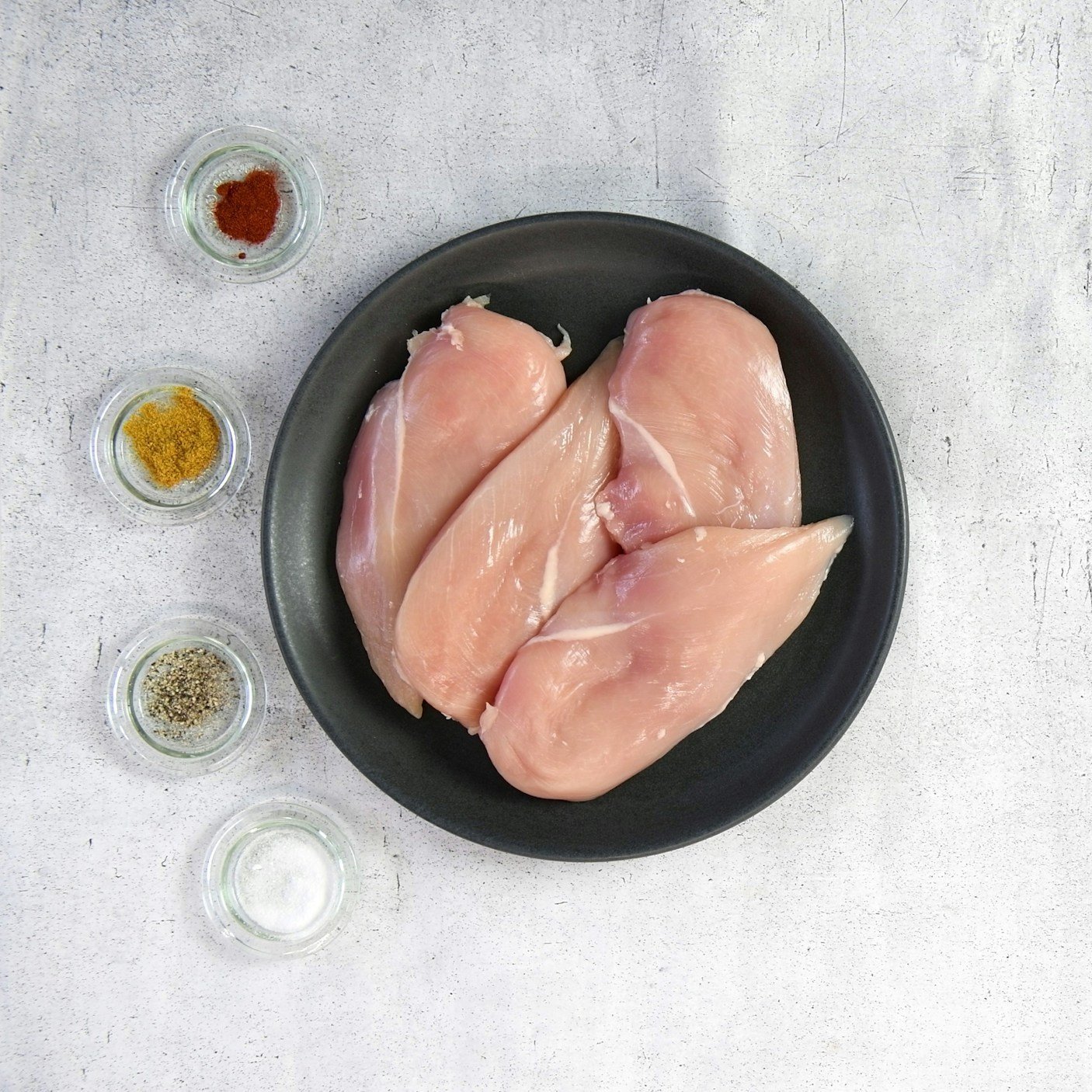The Best Foods to Feed a Dog with Pancreatitis: A Guide to Healing Through Diet
Pancreatitis in dogs can be a frightening diagnosis, but with the right care—especially when it comes to diet—your dog can recover and thrive. One of the most critical components of managing pancreatitis is feeding your dog appropriately. In this blog, we'll explore the best foods for dogs with pancreatitis, which of our treats are most suitable, why diet matters, and how to keep your furry friend happy and healthy.
What Is Pancreatitis in Dogs?
Pancreatitis is the inflammation of the pancreas, an organ that helps digest food and regulate blood sugar. When the pancreas becomes inflamed, it can release digestive enzymes prematurely, causing the organ to essentially "digest itself." This can result in symptoms like vomiting, abdominal pain, lethargy, fever, and loss of appetite.
Diet plays a crucial role in preventing flare-ups and supporting recovery. Dogs that are recovering from acute or chronic pancreatitis may have less appetites on occasions and this is why good palatability is important when feeding too.
Key Dietary Goals for Dogs with Pancreatitis
Low Fat: Fat is the enemy when it comes to pancreatitis. High-fat meals can trigger inflammation. You want to achieve 10% or less fat in dry food basis or 2.5% fat or under for wet food basis.
Easily Digestible: Dogs with pancreatitis need food that is gentle on the digestive system.
Moderate Protein: Protein is important, but it should come from lean, high-quality sources.
Moisture-Rich: Hydration helps support digestion and kidney function.
Best Foods to Feed a Dog with Pancreatitis
Chicken or Turkey: Lean protein source
White Fish: Low in fat and easily digestible
Carrots: Low in fat and a good source of fibre which is easily digestible.
Cabbage: Low fat and high in fibre, small amounts can be beneficial for promoting healthy digestion
Tumeric: High in antioxidant and anti inflamatory.
🚫 Foods to Avoid 🚫
Fatty meats (beef, lamb, pork with visible fat)
Treats with added oils or butter
Cheese and other full-fat dairy products
Table scraps and human foods
High-fat commercial dog food
Tips for Feeding Dogs with Pancreatitis
Small, Frequent Meals: Instead of two large meals, offer 3–4 small meals throughout the day to avoid overloading the digestive system.
Avoid Treats with Hidden Fats: Many commercial dog treats contain animal fat, oils, or cheese—check labels carefully.
Stay Consistent: Sudden changes in diet can trigger flare-ups. Stick to a routine that works for you and your dog.
Work with Your Vet: Every dog is different. A veterinarian or veterinary nutritionist can help you tailor a diet specific to your dog’s condition and breed. We at Canine Chef are not vets or nutritionists but we do have an enormous passion for research to help dog owners do right by their furchildren.
Our best treat options from Canine Chef
Sweet Potato Slices: 0.5% in fat, high in fibre and perfect for chopping into even smaller pieces
Chicken Jerky: These are low in fat at just 2% and come in small sizes which can be broken into smaller bits
White Fish Skin Braids: These are 4% in fat and take a bit longer to chew making it a great alternative for a slightly longer lasting treat
Duck Jerky: These are low in fat at just 2% and come in small sizes which can be broken into smaller bits
Bespoke Bake: I am happy to produce a bespoke bake for anyone wanting to explore this option it would include the following:
Chickpea Flour base - Grain and Gluten Free
Spinach - just a small amount - contains high vitamin K, increases the dogs natural detoxification enzymes
Blueberry - insanely good antioxidants for dogs
Tumeric - anti-inflammatory properties and can help reduce inflammation
Milk Thistle - Milk thistle is a herb known for its liver-protective properties. It can help regenerate liver cells and promote liver detoxification.













